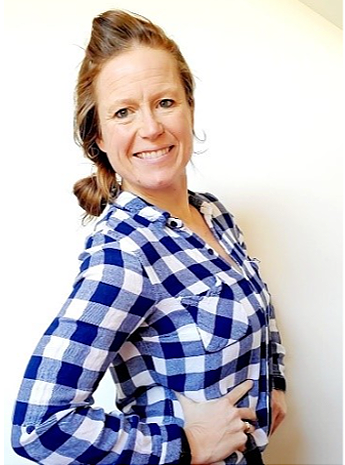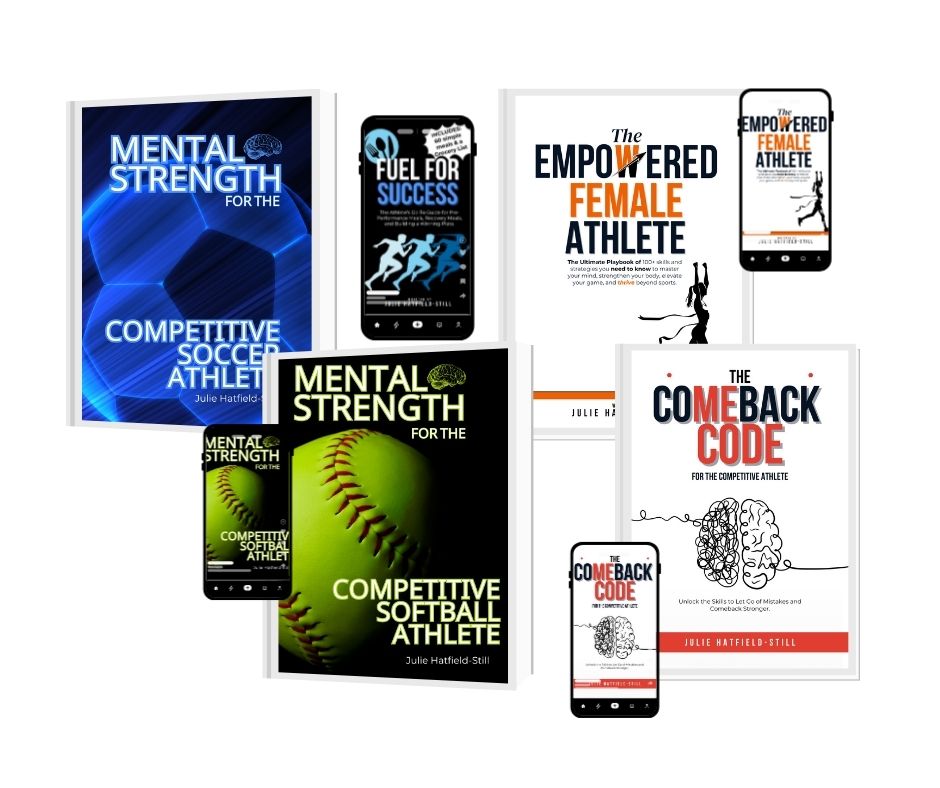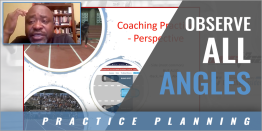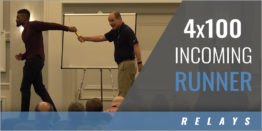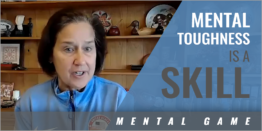|
By: Julie Hatfield-Still Provided By: Beyond The Game Alliance
As a coach, you're constantly evaluating whether it's watching how athletes perform in a drill, tracking game-day stats, or observing who shows up ready to work. But the best coaches take it a step further: they assess intentionally and systematically. They understand that assessment is more than numbers; it's insight, and when done consistently, it serves as a powerful indicator for progress or regression. It's about seeing the whole athlete, identifying their current state, and helping them reach their full potential. When done well, assessments in athleticism, wellness, and behavior give us the data we really need- not just to make better decisions as coaches, but to teach athletes how to take ownership of their development. Let's break down how and what to assess, depending on the age and stage of your athletes-and why it matters more than ever in the middle school and high school years. 1. Why Assessing Athleticism Matters If you coach sports, you coach movement. And movement skill- agility, coordination, balance, strength, speed, power- should be assessed regularly. Not to rank or shame athletes, but to track growth, tailor training, and prevent injury. For middle school athletes, the purpose of assessment is to establish baselines, identify movement imbalances, and begin introducing training awareness in a way that's age-appropriate and non-intimidating. At this stage, assessments are less about performance outcomes and more about observation, growth, and education. We recommend the Big 5 Assessments, which you can learn more about in our Youth Athletic Assessment Specialist Certification
A cadence of two to three assessments per year is ideal. This frequency allows for noticeable progress without overwhelming young athletes. The key is to keep the process light, engaging, and focused on effort and improvement, not comparison or ranking. Middle schoolers are in wildly different stages of growth-what you're testing isn't necessarily performance, but readiness, patterns, and potential. For high school athletes, assessments serve a more refined and targeted purpose. They're used to track performance over time, support the specific physical demands of each sport, optimize training programs, and proactively reduce the risk of injury. As athletes become more physically developed and sport-focused, assessments should reflect a higher level of precision and intent. Useful tools at this level include:
These assessments are most effective when conducted at key checkpoints throughout the year– typically in the pre-season, mid-season, and post-season - to align with training blocks and performance goals. At this stage, assessment isn't just about collecting data. It becomes a strategic training tool that helps reinforce effort, identify gaps in development, and provide athletes with clear, measurable indicators of progress. It turns training into something they can see, feel, and believe in. 2. How to Choose the Right Assessments Ask yourself:
Keep it simple and actionable. It's better to do three assessments well and track them over time than to do ten inconsistently. Always ask: "What story does this data tell me about this athlete?" 3. Don't Forget the Invisible Game: Wellness & Habits Not everything that matters shows up in a sprint time or jump height. In fact, some of the most critical factors influencing performance - like nutrition habits, hydration, sleep quality, and mental agility - are often the most overlooked and under-assessed. Yet these are the very foundations that either support or sabotage an athlete's ability to perform, recover, and stay consistent. The truth is, if you're not assessing where your athletes stand in these areas, you're at risk of overtraining them and under-developing them. Performance dips, burnout rises, and you're left wondering why your athletes aren't progressing, despite solid programming. One of the biggest questions I get from coaches is: "How do I assess this stuff?" The good news is, it doesn't have to be complicated. A simple rating system can go a long way. When athletes are asked to reflect and rate themselves on key wellness habits, something powerful happens: they begin to see those areas as important. They become more intentional. In essence, what we assess and talk about, athletes will start to value more and more, and what we celebrate, we're more likely to duplicate. When assessing lifestyle habits and mental attitudes, it's important to move beyond vague questions like "How's your sleep?" Instead, give your athletes crystal-clear targets and frameworks. For example (1-Never, 5-Always):
These are just a few examples of many. You can easily implement by creating a Google Form and sharing the link with your athlete/team. This self-assessment approach creates awareness without judgment. It opens the door to better conversations, builds accountability, and allows coaches to spot trends that may affect training outcomes. Over time, it shifts the culture. Athletes begin to understand that performance isn't just built in the gym or on the field, it's built in their daily habits, their recovery, their mindset, and their routines. And that's the real win. The goal is not perfection, but awareness. When athletes see that these things matter to you, they start to matter more to them. Since this is often the case, you want to be mindful of the things you assess and how you reinforce them. If you choose to assess certain areas, but you don't reinforce the principles, athletes will see and feel the incongruence. 4. Every Good Coach Keeps Stats-Beyond the Scoreboard Too often, coaches focus solely on game-day stats– points, wins and losses, goals, turnovers. While those numbers matter, they only tell part of the story. The most impactful coaches go deeper. They gather data that reflects the full scope of an athlete's development, tracking things like training consistency, practice attendance and effort, physical progress over time, recovery and wellness patterns, and even leadership moments or behavioral shifts. Why does this matter? Because progress doesn't always show up on the scoreboard. Sometimes, it's found in increased resilience, smarter decision-making, fewer injuries, or stronger team culture. When you track what really matters, you create a fuller picture, one that allows you to coach more intentionally, adjust more precisely, and communicate more effectively with both athletes and parents. This kind of information becomes your coaching compass, helping you guide athletes toward sustainable growth, not just short-term results. 5. Assessments Build Buy-In When assessments are done with care, not as judgment, but as a tool for information, they become a powerful part of the development process.
All of this is especially valuable in the middle and high school years, when young athletes are forming habits, identities, and beliefs about their potential. With intentional assessment, we teach them that their body, brain, and behaviors are all interconnected, and that every part of who they are plays a role in how they show up in sport and in life. Final Thought Assessments aren't just about measuring performance. They're about elevating awareness, prioritizing what matters, and coaching the whole athlete. Whether you're coaching middle schoolers still figuring out their bodies or high schoolers striving for the next level, don't let your coaching stop at the scoreboard. Keep track. Pay attention. Share the data. And use it to create athletes who are not just good at the game-but built to thrive beyond it.
Written by Coach Julie Hatfield-Still
Julie Hatfield-Still is an entrepreneur, coach, author, and advocate for empowering athletes to unlock their full potential in their game and beyond their game. With a passion for developing mental strength and resilience, Julie has authored books for Female Athletes and Mental Strength in Softball and Soccer. She is also the Founder and President of Beyond The Game Alliance. This non-profit organization provides holistic and proactive workshops in Nutrition, Mental Strength & Sports Psychology, Injury Resilience, Recovery, Career Development, and more. Beyond The Game Alliance comes alongside Teams, Schools, and Sports Organizations to support their athletes' needs by providing awareness, access, and affordability for services and coaching for athletes. When Julie isn’t writing, running a non-profit, or coaching, she’s most importantly dedicated to educating her two sons and creating a simple life with her family. Learn more about Beyond The Game Alliance at BeyondTheGameAlliance.org or Follow Us on Social Media (Facebook and Instagram). Find Books for Athletes used by Coaches on Amazon.
Find Books For Athletes used by Coaches on Amazon:
|



